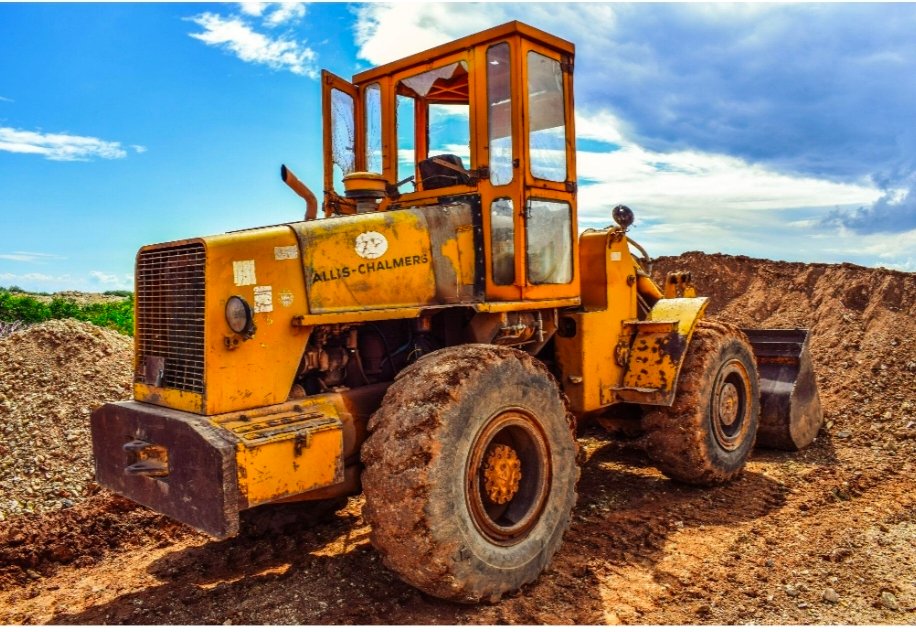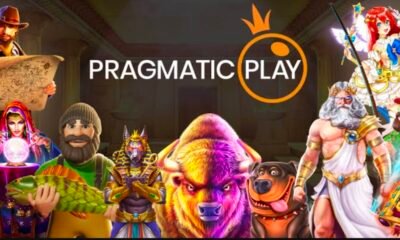Business
Manhattan Car Shipping For Importing Heavy Equipment

Do you own a construction firm, an agricultural supply company, or any other business that necessitates importing or exporting large pieces of equipment? You could be planning to transport big vehicles or heavy agricultural equipment for your activities abroad. In any event, you must be aware of the most affordable and effective shipping methods available to you.
Communication with foreign shippers, obtaining clearance, and making payments are all becoming simpler because of technology. It’s also not as difficult a chore as many people assume, even though transporting large machinery isn’t as simple as sending bills by email.
This article aims to assist you in identifying the crucial elements you must take into account while transporting large pieces of equipment abroad, including the steps you must take to prepare your cargo.
Equipment Dimensions & Size
Once you are aware of the size and dimensions of the equipment you want to export, your local shipping regulations will make more sense to you. Of course, not every port on earth is created equal.
There are certain ports that can accommodate large ships, while others have shallow seas and can only accommodate smaller ships. You must ascertain if your cargo is small enough for the nation you are sending it to the port of entry. You can decide if the cargo is the proper size or whether you need to reconsider your transportation alternatives by consulting your local shipping regulations.
Be aware that shipping companies have unique rules for the heavy sector and the car industry. If you determine the size of your cargo, record it, and request for approval beforehand, you will make things simpler for everyone concerned.
Also keep in mind that your local government must approve the shipment of your goods. Additionally, keep in mind that you may need to partly dismantle your equipment before shipping it if it is big.
Customs Inspection and Correct Documentation
You must take into account the traditions and paperwork requirements of your nation. Each nation has its own set of norms and laws that control the transport of large machinery to and from its ports.
Additionally, because you are probably not a specialist in this field, it would be beneficial if you seek the assistance of a respected shipping firm for assistance with these very complicated operations. Custom checks include a number of clearance costs, so you should also take your budget into account.
You may need to speak with your local customs office or shipping business about the paperwork to get before loading your goods aboard the ship if your documentation isn’t accepted in their area. Before allowing the equipment into their nation, some would demand that you provide a bill of sale and the item’s original title.

Options for Transportation
Following completion of all shipping processes, you should consider car shipping companies in New York as one of your transportation alternatives. Both the shipping distance and the size/dimensions of the things in question serve as guiding elements in this situation. There are generally three types of transportation available to you:
Consider adopting the roll-on/roll-off (Ro-Ro) technique if your heavy equipment is self-propelled. It has either wheels or treads, so you drive it aboard the ship or other conveyance vehicle of your choice and then drive it off when you get to your destination.
If your heavy equipment has to be placed into a rack before being stacked aboard the ship because it cannot be driven on or off, flat-rack would be your best alternative.
Container: If your heavy equipment can fit inside of a closed container, this shipping option is an option for you. A crane (https://www.explainthatstuff.com/cranes.html) is used to load and unload the container from the ship’s deck. The same applies to you if your equipment can be dismantled; use this technique.
Type of Equipment
The kind of equipment is important since bigger and heavier gear calls for specific handling and transporting techniques, which often results in greater expenses. Larger products could need flatbed trucks, trailers, or even cargo ships, which would increase the cost of shipping smaller items, which might be delivered using regular transportation techniques.
Distance Also Has a Big Part to Play
While long-distance and international travel are sometimes invoiced based on mileage or sea freight rates, local movements are normally paid at an hourly rate. The cost increases with the distance that the equipment must travel.
Transportation Mode Has a Big Impact on Cost
For instance, land transportation is often more affordable than air or sea freight but has geographic restrictions. For lengthy distances, sea freight is a cost-effective but perhaps slower choice. Despite being the quickest, air freight is also the most costly.
Logistical requirements including loading and unloading, licenses, insurance, and customs taxes for foreign shipments might result in additional expenditures. Heavy equipment loading and unloading may need cranes or other specialized equipment, which raises prices even further. For big cargoes in particular, permits could be required, and insurance is crucial to safeguard against loss or damage.
Before beginning any project, it is essential to get accurate quotes from reputable freight companies since the cost of carrying major pieces of gear may vary significantly. These companies might provide invaluable expertise in ensuring the efficient, cost-effective, and safe transportation of machinery.
-

 Business1 year ago
Business1 year agoANS Travel & Tours” as the One Stop Provider for All Your Travel Needs and Requirements
-

 News1 year ago
News1 year agoChallenging Stereotypes: Recognizing the Power of Women’s Art
-

 Blog1 year ago
Blog1 year agoDaftar Judi Situs Slot Gacor Demo Resmi Pragmatic Play Gratis
-

 Blog1 year ago
Blog1 year agoPallavi Debnath (Actress)












